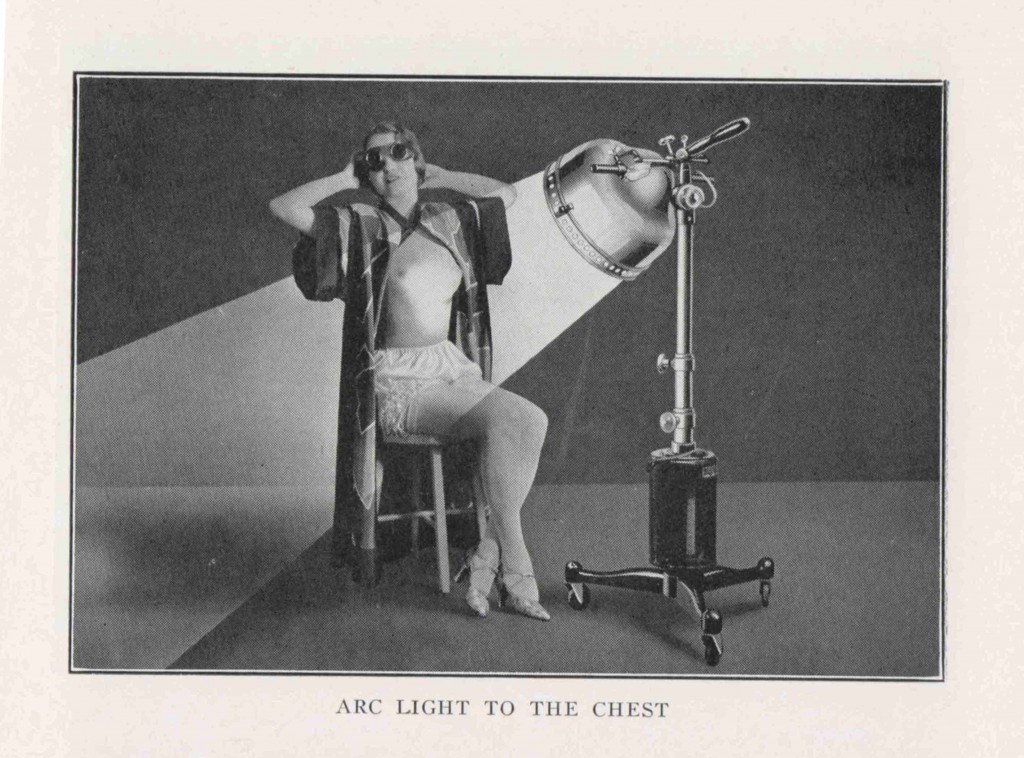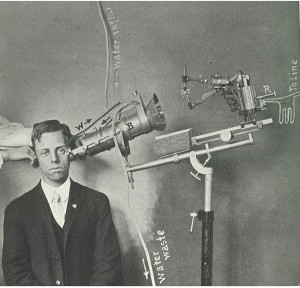Our new exhibition is up! The Literature of Prescription: Charlotte Perkins Gilman and The Yellow Wallpaper. A Biography of Neurasthenia in the late 19th and early 20th Centuries, curated by Dr. Andrea Tone, provides a fascinating exploration of neurasthenia, a widely diagnosed but mysterious psychological illness, whose history is brought to life through materials culled from the U.S. National Library of Medicine,  the Osler Library’s rich repository of artifacts, and the guest curator’s collection. The biography of neurasthenia is chronicled against a broader backdrop that illuminates significant developments in the rise of modern psychiatry, varied forms of patient narratives and activism, and how gendered expectations can frame, at times elusively, medical thinking, diagnosis, and care. The Literature of Prescription showcases the doctors who defined neurasthenia, the remedies people purchased to assuage it, and the efforts of one patient, Charlotte Perkins Gilman, to challenge the legitimacy of the disease and the therapy her doctor prescribed.
the Osler Library’s rich repository of artifacts, and the guest curator’s collection. The biography of neurasthenia is chronicled against a broader backdrop that illuminates significant developments in the rise of modern psychiatry, varied forms of patient narratives and activism, and how gendered expectations can frame, at times elusively, medical thinking, diagnosis, and care. The Literature of Prescription showcases the doctors who defined neurasthenia, the remedies people purchased to assuage it, and the efforts of one patient, Charlotte Perkins Gilman, to challenge the legitimacy of the disease and the therapy her doctor prescribed.
This exhibition is co-sponsored by the Canada Research Chair in the Social History of Medicine, McGill University, and the United States National Library of Medicine, National Institutes of Health (loan of its travelling exhibition panels, September-November 2013).
Until April 2014. Accessible during the Osler Library’s opening hours, from 9-5 Monday-Friday.





